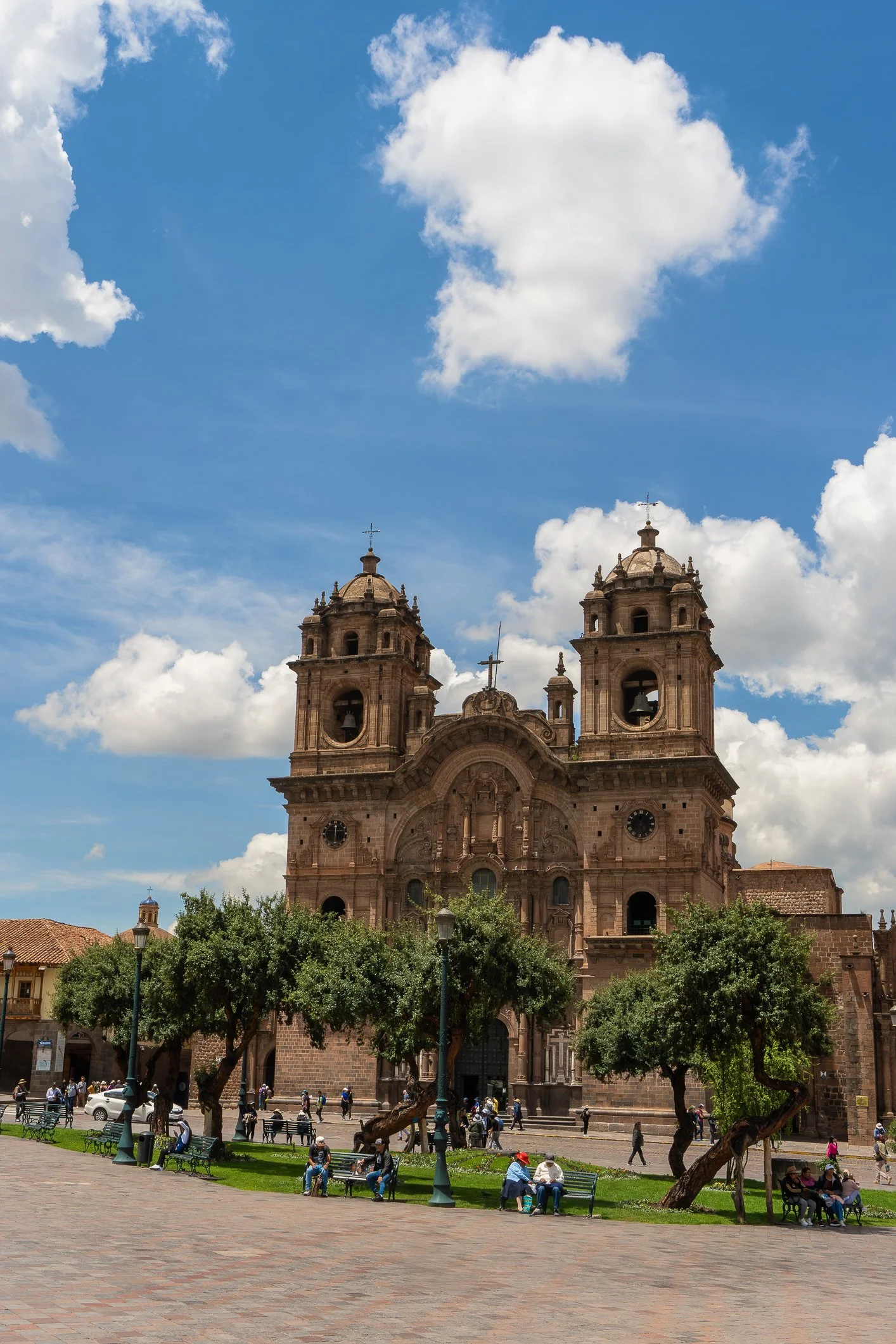The Inca Empire, known as Tahuantinsuyo, was the most extensive and influential civilisation in South America before the arrival of Europeans. It thrived between the 15th and 16th centuries and stretched across present-day Peru, Bolivia, Ecuador, Chile, Argentina, and Colombia. Its size and cultural richness made it the most important civilisation in the region.
The name Tahuantinsuyo comes from the Quechua language, combining "tahua" (meaning "four") and "suyo" (meaning "region"). It referred to the four major regions into which the empire was divided, all organized around its capital, Cusco. These four suyus were Chinchaysuyo to the northwest, Antisuyo to the northeast, Contisuyo to the southwest, and Collasuyo to the southeast.
Collasuyo was the largest of the four regions but had the lowest population density. It began just south of Cusco, in the area of Urcos, and extended across the highlands of the Lake Titicaca region. On the coast, its territory ran from the south of Arequipa to the Maule River near the empire's southern border.
Contisuyo, to the southwest of Cusco, included lands between the Quilca and Ica river valleys, forming a strip that connected the highlands to the Pacific coast.
Chinchaysuyo covered the area northwest of Cusco, stretching from Ayacucho and Ica up to the Ancasmayo River. This region was among the most economically and culturally developed in the empire.
Antisuyo began northeast of Cusco and reached into the eastern slopes of the Andes, pushing toward the Amazon high jungle. Due to difficult terrain and climate, expansion in this direction was limited.
The empire’s heart, Cusco, served as the political and religious center. The city was designed in the shape of a puma, a sacred animal in Inca cosmology. The massive fortress of Sacsayhuamán represented the puma’s head, while the rest of the city formed its body. The main square, Plaza de Armas, was located at the puma’s underbelly, positioned between the front and back legs. And this is the meaning of the plaque below that I photographed on the square.
Imperium Inków, znane jako Tahuantinsuyo, było największą i najbardziej wpływową cywilizacją w Ameryce Południowej przed przybyciem Europejczyków. Rozkwitało ono w XV i XVI wieku, obejmując tereny dzisiejszego Peru, Boliwii, Ekwadoru, Chile, Argentyny i Kolumbii. Ogromne terytorium oraz bogactwo kulturowe uczyniły z niego najważniejsze państwo prekolumbijskie na tym kontynencie.
Nazwa Tahuantinsuyo pochodzi z języka keczua, który był językiem rdzennych ludów andyjskich. Powstała z połączenia słów tahua („cztery”) i suyo („region”). Określenie to odnosiło się do podziału imperium na cztery główne części, których centrum stanowiła stolica – Cusco. Regiony te to: Chinchaysuyo na północny zachód, Antisuyo na północny wschód, Contisuyo na południowy zachód i Collasuyo na południowy wschód.
Collasuyo był największym z regionów, ale jednocześnie najmniej zaludnionym. Zaczynał się na południe od Cusco, w okolicach miejscowości Urcos, i rozciągał się przez wyżyny regionu jeziora Titicaca. Po stronie wybrzeża obejmował tereny od południa dzisiejszego Arequipy aż po rzekę Maule, która wyznaczała południową granicę imperium.
Contisuyo, położony na południowy zachód od Cusco, obejmował ziemie między dolinami rzek Quilca i Ica, łącząc góry z wybrzeżem Pacyfiku.
Chinchaysuyo rozciągał się na północny zachód od Cusco – od rejonów Ayacucho i Ica aż po rzekę Ancasmayo. Był to jeden z najbardziej rozwiniętych gospodarczo i kulturowo obszarów imperium.
Antisuyo zajmował tereny położone na północny wschód od Cusco, sięgające podnóży Amazonii. Trudne warunki geograficzne i klimatyczne ograniczyły możliwości dalszej ekspansji w tym kierunku.
Stolica imperium, Cusco, pełniła funkcję politycznego i religijnego centrum państwa. Miasto zaplanowano na kształt pumy, która była zwierzęciem świętym w wierzeniach Inków. Monumentalna forteca Sacsayhuamán tworzyła głowę pumy, a pozostała część miasta – jej ciało. Główny plac, Plaza de Armas, znajdował się w miejscu odpowiadającym brzuchowi zwierzęcia, między jego przednimi a tylnymi łapami. I to wyjaśnia plakietkę poniżej, sfotografowaną na placu.


























































































